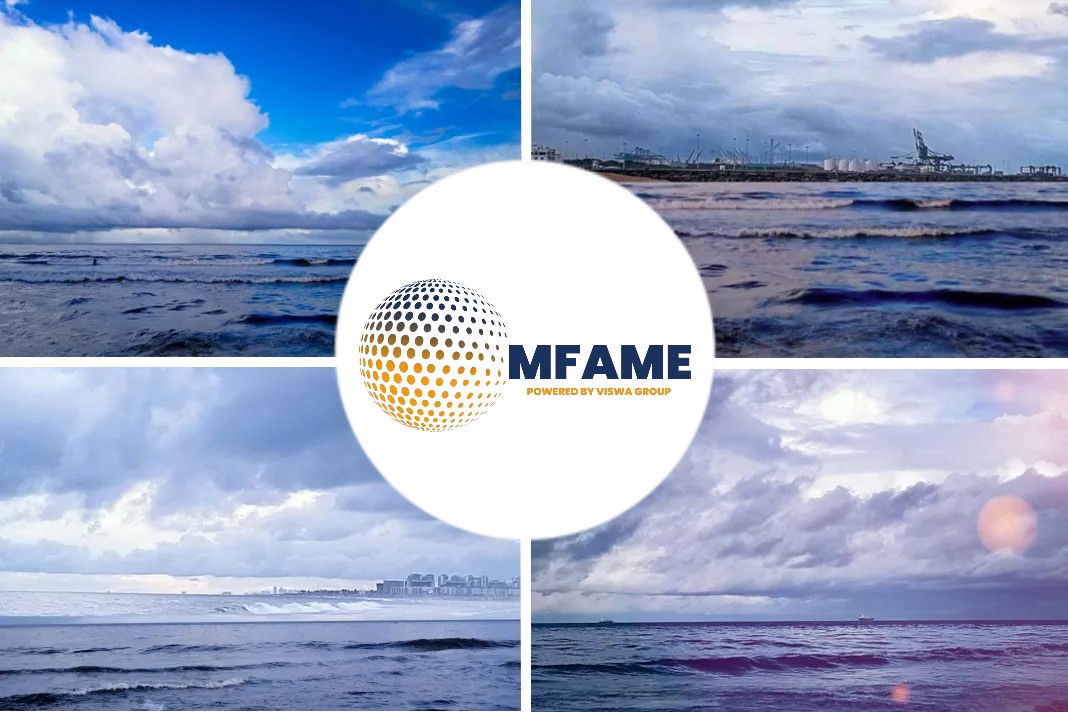Sea waves can impede the speed and performance, as well as increase the fuel consumption of ships travelling on the ocean.
Researchers from NTU Singapore and NTUA Athens develop a method to estimate this wave effect more effectively.
Measuring this impact has been difficult
Now, researchers from Nanyang Technological University, Singapore (NTU Singapore) and National Technical University of Athens (NTUA) have developed a new method that can estimate this wave effect more accurately and easily, so that ship operators can account for it when planning shipping routes. The maritime industry is also in the midst of using the new method, as part of a broader revision, to update an existing International Organisation for Standardisation (ISO) standard, according to the Marine Design and Research Institute of China (MARIC).
The institute has been involved in the work to revise the standard. The Singapore and Greece researchers developed the method to support a strategy by the International Maritime Organization (IMO) to improve the energy efficiency of ships and to reduce emissions from maritime operations. Based on the researchers’ estimates, the new method has the potential to reduce fuel consumption and GHG emissions of a ship by 5 to 10%.
Adopted by the International Towing Tank Conference (ITTC)
Called the SHOPERA-NTUA-NTU-MARIC (SNNM) method, it has been adopted by the International Towing Tank Conference (ITTC), an association of worldwide organisations that has observer status with IMO, in its recommended procedure for analysing a ship’s speed and power performance.
The method has also been included in IMO’s official guidelines for assessing minimum propulsion power. ITTC is responsible for predicting the hydrodynamic performance of ships and marine installations. It is currently working with ISO to revise the ISO 15016 standard to introduce the new method for determining a ship’s speed and power performance. The revision is expected to be completed in 2023.
The design of a ship’s hull
While existing software tools calculate the added resistance from waves based on the design of a ship’s hull, the new method uses eight parameters to estimate it. These include the length and width of a ship, as well as the loading condition of a vessel. This means that ship operators can accurately estimate this additional resistance even if detailed information about the design of a ship’s hull is not available. Such hull details are often proprietary and may be difficult to obtain.
To develop the formula, the researchers created a database of the additional resistance experienced by ships of different types and sizes. From over 5,000 experimental datapoints, they identified the most important parameters determining the additional resistance from waves. Independent validation tests performed by an ITTC specialist committee showed that the new method is highly accurate at predicting the resistance experienced by ships from waves.
“Our method can be applied to make various shipping applications more environmentally sustainable and economically competitive,” said Dr Liu Shukui of NTU Singapore’s School of Mechanical and Aerospace Engineering. “For example, it can be used to develop new energy-efficient ships and optimise just-in-time shipping operations, as well as to help autonomous ships chart a course to manoeuvre safely and efficiently in seaways.”
Did you subscribe to our daily Newsletter?
It’s Free! Click here to Subscribe
Source: Splash 247






















